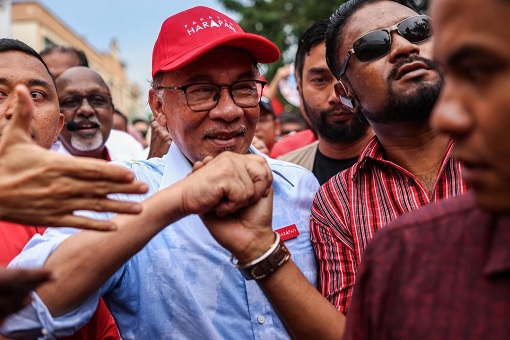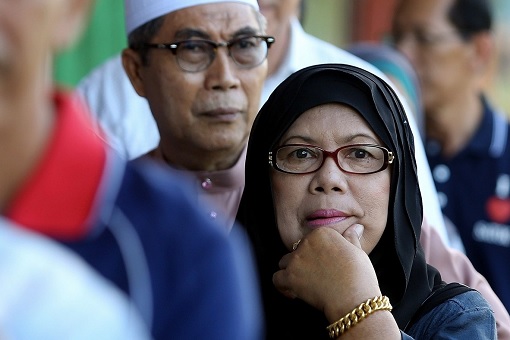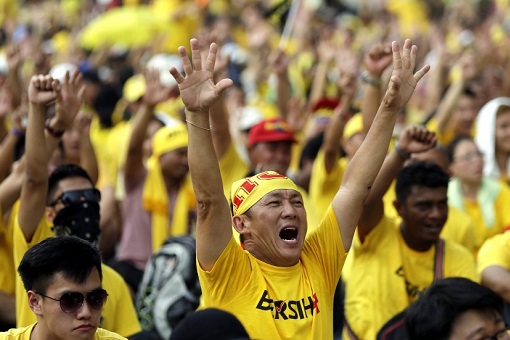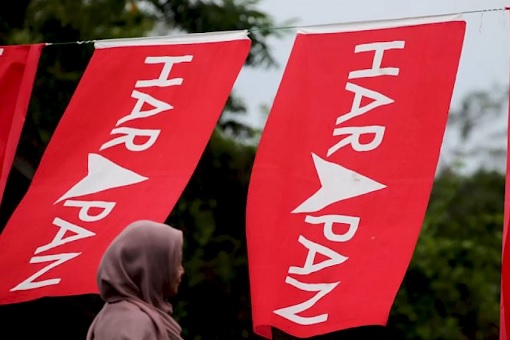Unlike the 2021 Melaka and the 2022 Johor state elections, the recent state elections (PRN 2023) brought more zest and flavor. Bridget Welsh, in a recent article contends that, in the PRN 2023, the Chinese had the lowest percentage turnout (slightly lower than Indians). Further, she stated that when we compare GE15 and the PRN 2023, enthusiasm among Indians dropped the most; 15% less Indians voted in this year’s state elections.
She added that Indian support dropped for the unity government by about 21% in Negeri Sembilan, 19% in Penang, and 12% in Selangor, with PN winning approximately 29% Indian vote in Penang. While her finding on the drop in turnout is accurate, the veracity of her claim on the quantum of Indian support that PH lost and PN’s gains merit further investigation. This will be the subject of my next article.
Shifting attention to the Malay vote: during, and after the campaign, we witnessed much hullabaloo concerning the Malay vote; projecting, before the results, and concluding, after, of a one-sided, narrow, radical trend. This was the general consensus. I disagree.

Because of the scope of discussion involved here, and for the sake of brevity, seats that pitted PN against UMNO are not included in this article. Additionally, because a crucial independent variable analyzed is location, the article only included 4 states – Kedah, Penang, Selangor, and Negeri Sembilan where the urban-rural divide is more pronounced.
Chinese voted en bloc for the unity government. Practically every single Chinese vote was cast for the unity government regardless of location. In this state elections, PH won all 42 seats which had 50% or more Chinese voters, indicating a 100% loyalty rate. In Penang, PH won all 24 Chinese-majority seats. In Selangor, PH won all 13 Chinese-majority seats.
In Negeri Sembilan, PH won all 4 Chinese-majority seats. In Kedah, in the only Chinese-majority seat, Kota Darul Aman, the victor represented PH. The reasons for the community turning into “yellow dog Democrats” aren’t complex but we will reserve that for a different session. While consensus or widely-accepted views point to partisanship or an incontrovertible partisan divide, digging deeper, an interesting pattern emerges.

Did a Malay backlash (“Mal-lash”) happen? With regards to Malay support, there is good news for Anwar. In contrast to the Chinese voter loyalty case shown above, the correlation between the urban Malay vote and PH victories paints a different picture altogether. Loyalty is split along the urban-rural line with urban Malay voters supporting PH and rural Malays backing PN. Let us consider each of the states to gain a more in depth understanding:
Penang
In the Batu Maung and Bayan Lepas seats, PH won because a segment of the Malay electorate decided to vote for the coalition. In the Bukit Tengah seat, it is likely that some Malay votes went to PH.
Selangor
In Selangor, Malay votes contributed to PH victories in the Taman Templer, Sungai Tua, Hulu Kelang, Bukit Antarabangsa, Pandan Indah, Kota Damansara, Kota Anggerik, Batu Tiga, and Pelabuhan Kelang seats. This Malay voting pattern emerges in each of these seats, and the 3 seats mentioned above in Penang. For instance, in Hulu Kelang, the most exciting seat, a large number of Malay voters gave their votes to the PH candidate resulting in only a marginal victory for Azmin Ali of PN.

In this seat, there are 82% Malays, yet Azmin Ali received only 52% total votes. Here, there is no doubt that a meaningful portion of Malay votes were cast for PH. The argument that Azmin Ali’s narrow victory is a result of the electorate’s aversion of him cannot trump the finding that urban Malay voters backed PH because in all but one seat mentioned above, Malay voters exceeded 50%, and in some, even exceeding 60%. Had Malay voters voted overwhelmingly for a Malay-based coalition, the eventual results in urban areas would have been dissimilar to what we have now.
Negeri Sembilan
As was put forward for the other two states, the same assertion applies to the Chennah, Klawang, and Sikamat seats in Negeri Sembilan. Further, in the Ampangan and Pilah seats, a significant number of Malay votes likely gave PH the victory.
Additional Evidence
In the Sekinchan seat in Selangor, a small but significant Malay votes likely gave PH the victory. The same argument may be made for the Sidam seat in Kedah. It is worth pointing out that urban and some suburban Malay voters not only voted for Malay PH candidates but also voted for non-Malay PH candidates, for example, in Bukit Tengah (Penang) and Chennah (Negeri Sembilan). In the 4 states analyzed, PH won in at least 19 seats containing more than 50% Malay voters.

It is worth mentioning here that, in contrast, PN did not win a single seat containing more than 50% Chinese voters. Interestingly, Anwar’s spending of a great deal of time and other resources to convert rural Malay votes proved futile, akin to zero return on investment for a businessman – a colossal effort undertaken, but to no avail. Why the endeavor failed miserably warrants further research.
Conclusion
These results illustrate that a section of the Prime Minister’s Malay vote bank is still very much intact. The results did not signify a dwindling or a sliding trend as far as his urban Malay support is concerned. Dissecting and comparing the psyche of Malay electorate, both country folks and city-dwellers can perhaps help uncover key elements – answers to the mystery wracking local psychologists’ brains. Partisanship or the partisan divide applies only to rural Malay areas and the Chinese voters.
The green wave and “Mal-lash” were limited to only rural, and to a certain extent, suburban areas of peninsular Malaysia. In conclusion, the fact that a substantial proportion of urban Malay vote base remained with PH, Malays are varied voters and are not as radical as portrayed in social media and in widely-circulated messages. Numbers don’t lie. Further, going by Welsh’s estimates that PN won a whopping 21% Indian support (3-state average), this deduction applies to Indians too. Can we say the same about the Chinese?
Contributed by: Professor Dr. Suguman Narayanan

Other Articles That May Interest You …
- Anwar Should Stop Wasting Time – Conservative Malays Love Dirty Water, Poverty, Racism, Extremism & Corruption
- A Family Of Crooks – Muhyiddin Ordered Son-in-Law To Flee & Hide To Prevent Implicating Him
- Opposition Flaming Racial Riots – Why PM Anwar Should Consider “Operasi Lalang 2” To Neutralize All Religious Extremists
- Bersatu Could Be Deregistered After RM300 Million Account Frozen – Now We Know Why Muhyiddin Hid In London
- Muhyiddin’s Right-hand Man Arrested – How The Ex-PM Solicited RM4.5 Billion Bribes In RM92.5 Billion Covid-19 Stimulus Scandal
- KL Tower Scandal – Selling A Cash Cow That Generates RM20 Million For Just RM3.8 Million Screams Corruption
- RM600 Billion Covid Scandal – Muhyiddin & His Band Of Crooks Could Be Charged For Money Laundering & CBT
- Anwar The 10th PM – How He Watches With Popcorn While Zahid Plays & Traps Power-Crazy Muhyiddin & Hadi
- A Summary Of How People Suffered & Agong Insulted During 33-Month Backdoor Governments Of PN & BN
- Printing RM1.9 Trillion – Why Ringgit Could Breach 4.50 And Plunge Into A Free Fall As Investors Continue To Lose Confidence
- Azmin Ali Indirectly Admits He’s A Homosexual – Suddenly Chua Soi Lek Looks Like A Saint

|
|
August 19th, 2023 by financetwitter
|


|

|

|

|

|

|




























Comments
Add your comment now.
Leave a Reply